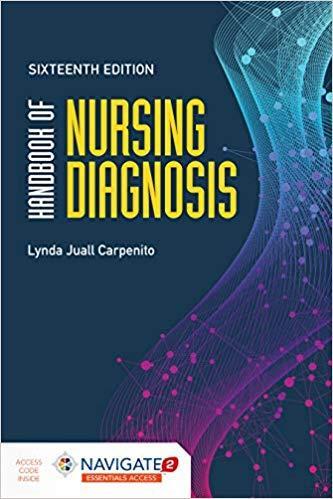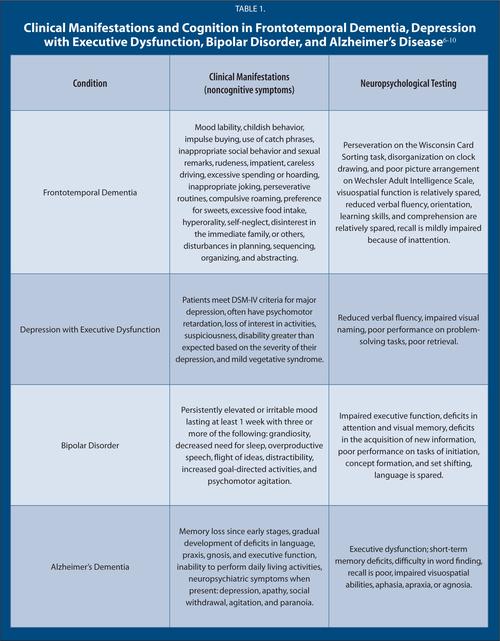
Nursing Diagnosis for Post-Op Patient: A Comprehensive Guide
Post-operative care is a critical phase in the recovery process for patients who have undergone surgery. As a nurse, it is essential to have a thorough understanding of the various nursing diagnoses that can be applied to post-op patients. This guide aims to provide you with a detailed overview of the different nursing diagnoses that are commonly encountered in the post-operative period, along with their implications and interventions.
Understanding Nursing Diagnoses
Nursing diagnoses are clinical judgments about individuals, families, or communities that are identified in the nursing process. They are based on the assessment of the patient’s health status and are used to guide the development of a plan of care. In the post-operative setting, nursing diagnoses help to identify the patient’s specific needs and guide the nurse in providing appropriate interventions.

Common Nursing Diagnoses for Post-Op Patients
1. Acute Pain
Acute pain is a common nursing diagnosis for post-op patients. It is essential to assess the intensity, location, and quality of the pain to determine the appropriate pain management strategies. Interventions may include the administration of analgesics, positioning, and non-pharmacological pain relief techniques such as relaxation and distraction.
2. Impaired Gas Exchange
Impaired gas exchange is another common nursing diagnosis in the post-operative period. This may be due to factors such as respiratory depression, pain, or decreased lung function. Interventions may include the administration of supplemental oxygen, positioning, and respiratory exercises to improve lung function.

3. Risk for Infection
Risk for infection is a critical nursing diagnosis in the post-operative period. This may be due to factors such as surgical site contamination, impaired immune function, or the use of invasive devices. Interventions may include the administration of antibiotics, wound care, and infection control measures.
4. Deficient Fluid Volume
Deficient fluid volume is a common nursing diagnosis in the post-operative period. This may be due to factors such as fluid loss during surgery, vomiting, or diuresis. Interventions may include the administration of intravenous fluids, monitoring fluid balance, and addressing the underlying cause of fluid loss.
5. Activity Intolerance
Activity intolerance is a common nursing diagnosis for post-op patients. This may be due to factors such as pain, fatigue, or decreased mobility. Interventions may include the promotion of early ambulation, positioning, and the use of assistive devices to improve mobility.
Interventions for Post-Op Patients
1. Acute Pain
Interventions for acute pain may include:
| Intervention | Description |
|---|---|
| Analgesics | Administer analgesics as prescribed to manage pain. |
| Positioning | Position the patient to reduce pain and improve comfort. |
| Non-pharmacological pain relief techniques | Use techniques such as relaxation, distraction, and heat therapy to manage pain. |
2. Impaired Gas Exchange
Interventions for impaired gas exchange may include:
| Intervention | Description |
|---|---|
| Supplemental oxygen | Administer supplemental oxygen as prescribed to improve oxygenation. |
| Positioning | Position the patient to improve lung function and oxygenation. |
| Respiratory exercises | Encourage the patient to perform respiratory exercises to improve lung function. |
3. Risk for Infection
Interventions for risk for infection may include:
| Intervention | Description |
|---|---|
| Antibiotics | Administer antibiotics as prescribed
Related Stories |


